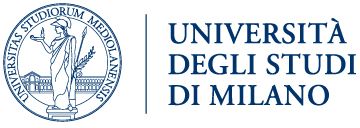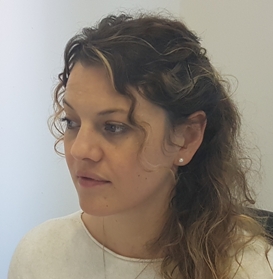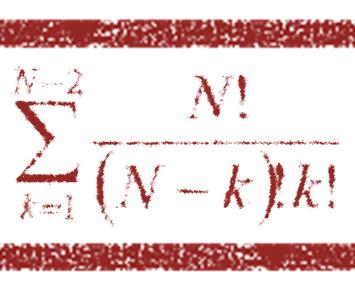Any chance to evaluate in vivo field methods using standard protocols?
 |
2014 - Field Crops Research, 161, 128-136 |
 |
Confalonieri, R., Francone, C., Chiodini, M.E., Cantaluppi, E., Caravati, L., Colombi, V., Fantini, D., Ghiglieno, I., Gilardelli, C., Guffanti, E., Inversini, M., Paleari, L., Pochettino, G.G., Bocchi, S., Bregaglio, S., Cappelli, G., Dominoni, P., Frasso, N., Stella, T., Acutis, M. |
Abstract:
The lack of standardized information on the evaluation of in vivo field methods is an important source of uncertainty in the interpretation of field data. The same words precision and accuracy can befrequently found in the agronomic and ecological literature, although often used without a real attempt to give these terms rigorous and shared meanings. On the contrary, standard protocols for determining accuracy and precision of analytical methods were successfully proposed in the last two decades and are now routinely used, especially within the chemical community. A first attempt to compile a standard guideline for in vivo field methods, derived by adapting the ISO 5725 protocol for the validation of analytical methods, is here presented. The concepts of levels, reference material, and inter-laboratory test derived from the protocol are redefined, and the underlying assumptions behind the adaptation of the ISO norm are introduced and discussed. Applicability and effectiveness of the proposed procedure are shown by means of a case study where the accuracy – i.e., trueness and precision, the latter composed by repeatability and reproducibility – of two diagnostic methods for indirect estimates of plant nitrogen nutritional status (chlorophyll meter and leaf color chart) was determined. The chlorophyll meter was more precise than leaf colorc hart, with precision value – expressed as relative standard deviations – lower than 6%. On the other hand, trueness indicess howed better performances for leaf color chart, thus demonstrating the suitability of
this method for supporting low-income farmers in managing topdressing fertilization, although at the price of performing a large number of reading replicates. However, these results are not aimed at drawing conclusions on techniques for supporting fertilization: the one presented is indeed just a case study used to assess the possibility of adopting the proposed procedure, as well as to highlight potential limits for its application. In this regard, the identification of reference values – needed for trueness quantification – is surely the most delicate issue, since the absence of conventional true values leads to the need of finding the most suitable solution according to the specific variable investigated and to the specific contexts in which the method under evaluation is applied. Hence, in light of both the encouraging results and the underlined limits, we just aim here at opening a discussion on the need for standardizing approaches and terminology for the evaluation of indirect field methods.
this method for supporting low-income farmers in managing topdressing fertilization, although at the price of performing a large number of reading replicates. However, these results are not aimed at drawing conclusions on techniques for supporting fertilization: the one presented is indeed just a case study used to assess the possibility of adopting the proposed procedure, as well as to highlight potential limits for its application. In this regard, the identification of reference values – needed for trueness quantification – is surely the most delicate issue, since the absence of conventional true values leads to the need of finding the most suitable solution according to the specific variable investigated and to the specific contexts in which the method under evaluation is applied. Hence, in light of both the encouraging results and the underlined limits, we just aim here at opening a discussion on the need for standardizing approaches and terminology for the evaluation of indirect field methods.
 |
Keywords: Accuracy, ISO 5725, Leaf color chart, precision, rice, chlorophyll meter |
 |
DOI: 10.1016/j.fcr.2014.03.002 |
- Comparison of three calibration methods for modeling rice phenology
- A simple pipeline for the assessment of legacy soil datasets: An example and test with soil organic carbon from a highly variable area.
- A high-resolution, integrated system for rice yield forecasting at district level.
- Downscaling rice yield simulation at sub-field scale using remotely sensed LAI data.
- Analysis and modelling of processes involved with salt tolerance and rice.
- Estimating crop nutritional status using smart apps to support nitrogen fertilization. A case study on paddy rice.
- Development of generic crop models for simulation of multi-species plant communities in mown grasslands.
- Quantifying uncertainty due to stochastic weather generators in climate change impact studies
- Predicting rice blast disease: machine learning versus process-based models
- Boundaries and perspectives from a multi-model study on rice grain quality in Northern Italy.





